Discover 11 hidden attractions, cool sights, and unusual things to do in Sitka (United States). Don't miss out on these must-see attractions: Sitka National Historical Park, Sound Science Center, and Castle Hill. Also, be sure to include St. Michael's Cathedral in your itinerary.
Below, you can find the list of the most amazing places you should visit in Sitka (Alaska).
Table of Contents
Sitka National Historical Park
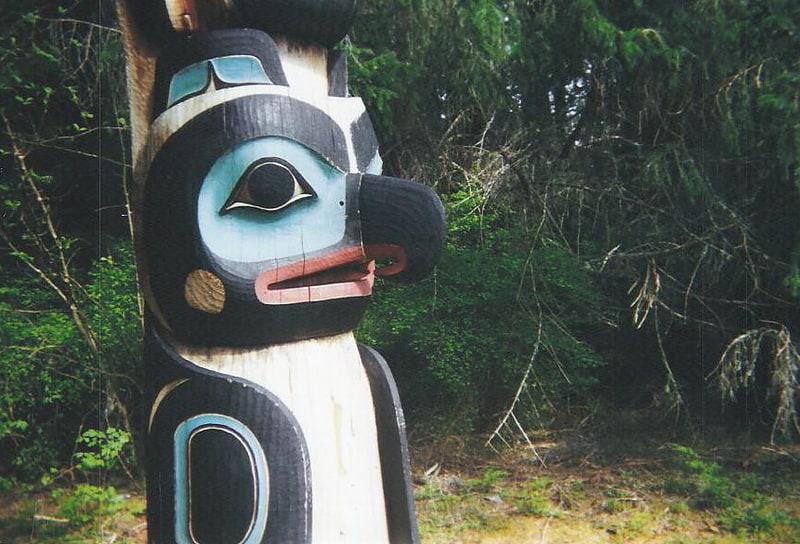
National park in Sitka, Alaska. Sitka National Historical Park is a national historical park in Sitka in the U.S. state of Alaska. It was redesignated as a national historical park from its previous status as national monument on October 18, 1972. The park in its various forms has sought to commemorate the Tlingit and Russian experiences in Alaska.[1]
Sound Science Center
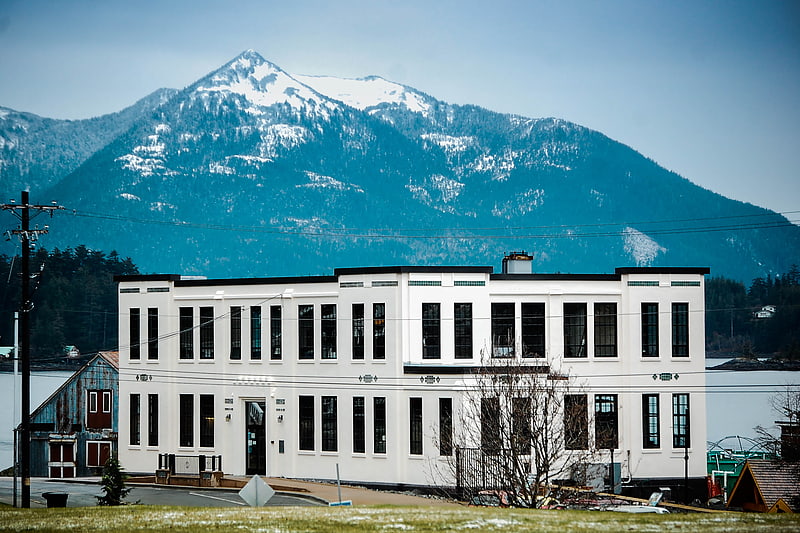
Aquarium in Sitka, Alaska. The Sitka Sound Science Center is a non-profit dedicated to research and education in Alaska in Sitka, Alaska. It is based in the Sage Building, which is located on Lincoln Street across from the old Sheldon Jackson Campus. It is a biological field station and includes the Sheldon Jackson salmon hatchery, the Molly Ahlgren Aquarium, a research lab, classrooms and offices. Sheldon Jackson Salmon Hatchery was the first permitted hatchery in the State of Alaska and built by the students of the college in 1972. SSSC maintains and operates the working hatchery as an aquaculture and educational tool. It is permitted for 3 million pink, 3 million chum and 250,000 coho salmon.
The Sitka Sound Science Center (SSSC) was established in 2007 in the old laboratories of Sheldon Jackson College after the college closed in 2007. SSSC employs 15-20 people year round and an additional 12 in the summer months. As a field station, SSSC is a platform for research offering services and facilities to visiting researchers and supporting research that is important locally such as landslides, ocean acidification, salmon, intertidal, and marine geology. It is part of both the Organization for Biological Field Stations and the National Association for Marine Laboratories.
The Science Center has a special emphasis on community engagement in science and does significant science communication training for scientists working in Alaska. It has a Scientist in Residence Fellowship (SIRF) program that has been supported by the National Science Foundation and brings scientist to Sitka for a one month mini sabbatical and to learn how to communicate research and work with local, rural Alaska communities. In 2014, the Sage building was renovated and in 2020, the Sitka Sawmill building was restored. Both buildings are contributing structures to the Sheldon Jackson Training School National Historic Landmark. The Mill building houses a gift shop and chowder cart in the summer and also is used by the hatchery, education and research departments for storage, machine shop and classes. The hatchery was vandalized in 2019. The Science Center's educational programs are aimed at a breadth of ages from preschool to lifelong learners. It has in school and out of school programs, summer camps, internships and opportunities in mentored research.[2]
Address: 834 Lincoln St, 99835 Sitka
Castle Hill
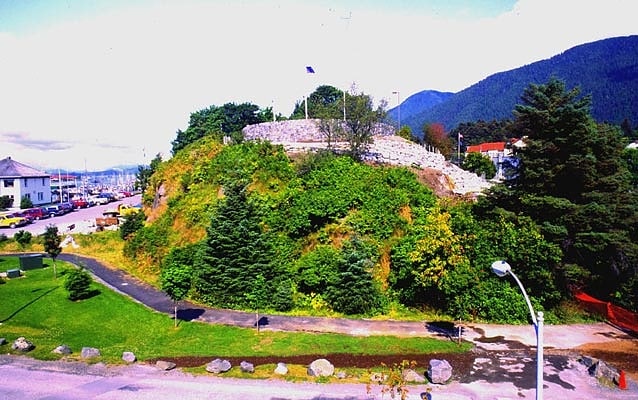
State park in Sitka, Alaska. Castle Hill also known as the American Flag-Raising Site and now as the Baranof Castle State Historic Site, is a National Historic Landmark and state park in Sitka, Alaska. The hill, providing a commanding view over the city, is the historical site of Tlingit and Russian forts, and the location where Russian Alaska was formally handed over to the United States in 1867. It is also where the 49-star United States flag was first flown after Alaska became a state in 1959.[3]
Address: 100 Lincoln St, 99835 Sitka
St. Michael's Cathedral
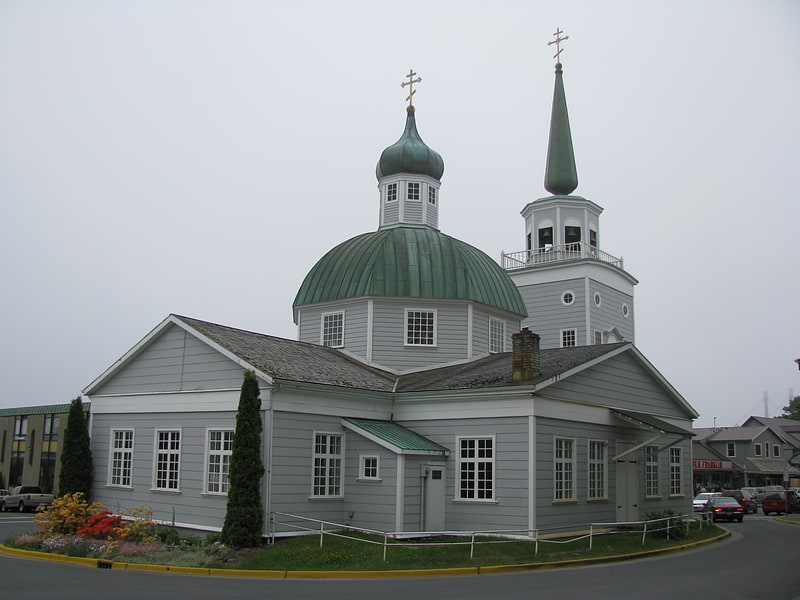
Church built by Russians in 1848. St. Michael's Cathedral is a cathedral of the Orthodox Church in America Diocese of Alaska, at Lincoln and Matsoutoff Streets in Sitka, Alaska. The earliest Orthodox cathedral in the New World, it was built in the nineteenth century, when Alaska was under the control of Russia, though this structure burned down in 1966. After 1872, the cathedral came under the control of the Diocese of Alaska. It had been a National Historic Landmark since 1962, notable as an important legacy of Russian influence in North America and Southeast Alaska in particular.
An accidental fire destroyed the cathedral during the night of January 2, 1966, but it was subsequently rebuilt. The new building's green domes and golden crosses are a prominent landmark in Sitka. Some of the icons date to the mid-17th century; two icons are by Vladimir Borovikovsky.
St. Michael's Cathedral is located in the downtown business district in Sitka, on the southwestern coast of Baranof Island in the Alexander Archipelago of Southeastern Alaska. Its surroundings along Lincoln Street and Maksutoff Street, which ends at the cathedral, have not altered much during the last more than 100 years. Harrigan Centennial Hall on Harbor Drive lies behind the cathedral, while Pioneers' Home is to its left. The restored Russian Bishop's House, home of the first Orthodox Bishop of Alaska, Innocent (Veniaminov), is also nearby, operated by the National Park Service as part of the Sitka National Historical Park.[4]
Address: 240 Lincoln St, 99835-7542 Sitka
Alaska Raptor Center
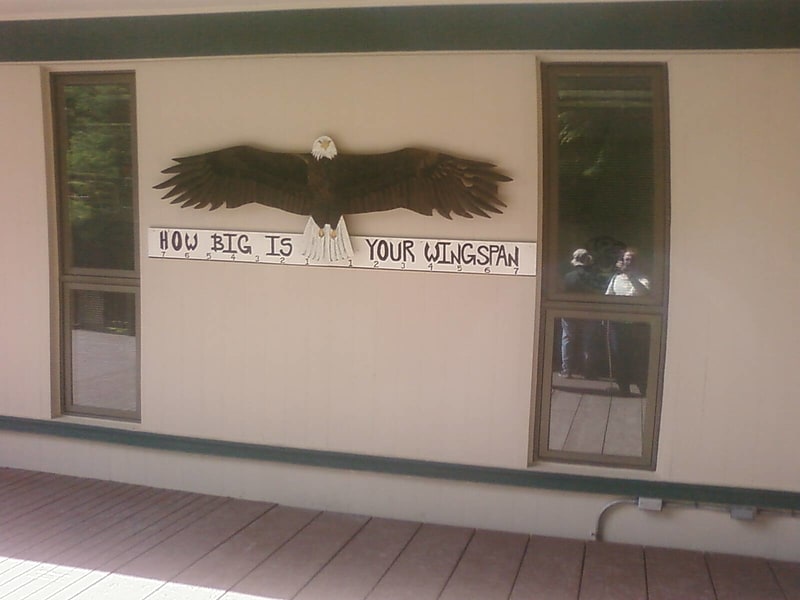
Animal rescue service in Sitka, Alaska. The Alaska Raptor Center is a raptor rehabilitation center in Sitka in the U.S. state of Alaska. Located on a 17–acre campus bordering the Tongass National Forest and the Indian River. The Mission of the Alaska Raptor Center is to promote and enhance wild populations of raptors and other avian species through rehabilitation, education and research. Although the main patients are raptors, specifically bald eagles, the center will take any bird in need of care. The Alaska Raptor Center receives between 100–200 birds a year, with many suffering from some sort of trauma. They have treated birds with injuries from electrocution, collisions, gunshot wounds, leg hold traps, starvation, disease and lead poisoning.
Many of their patients come from outside of Sitka and are flown in via Alaska Airlines or smaller regional airlines. The birds travel in dog kennels that have been covered to block out light. This helps to keep the birds calm when traveling. When an eagle is healthy enough, they will be moved into the Walter and Suzanne Scott Foundation Bald Eagle Flight Training Center. This is a large indoor area where they are able to fly, bathe and interact with other eagles until it is time for them to be released. Birds that are no longer able to live outside of human care are sent to zoos or wildlife centers throughout the United States to serve as ambassadors for their species.
Some of the birds that sustained injuries that did not allow them to be released have found a permanent home at the Alaska Raptor Center. More than 40,000 visitors annually come to see the two dozen resident eagles, hawks, owls, falcons and ravens, who assist in the Center's secondary function, that of public education. The most well-known resident is Volta, a bald eagle who suffered permanent damage after a 1992 collision with power lines. Volta has been retired from doing on-glove education programs and is now living with three other eagles in the Bald Eagle Habitat off the back deck of the Raptor Center.
In 2014 the Center expanded their programming to Ketchikan, Alaska. They offer educational programming to visitors from May through September, housing bald eagles, hawks, owls and falcons.
The Center in Sitka is open to the public and offers daily tours.
The Alaska Raptor Center is a private, nonprofit organization.[5]
Address: 1000 Raptor Way, 99835-9302 Sitka
John O'Connell Bridge
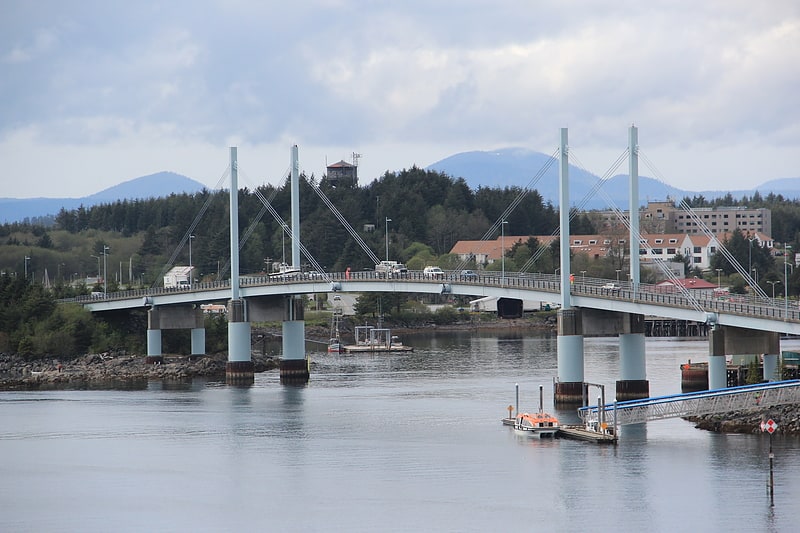
Cable-stayed bridge in Sitka, Alaska. The John O'Connell Bridge is a cable-stayed bridge over the Sitka Channel located in Sitka, Alaska. The bridge connects the town of Sitka on Baranof Island to the airport and Coast Guard Station on Japonski Island. Until the bridge was completed in 1971, the commute was only achievable through a ferry service. The bridge is named after John W. O'Connell, a former mayor of Sitka. The two-lane bridge is 1,255 feet in total length, with a main span of 450 feet. The bridge was also the United States' first vehicular cable-stayed girder spanned bridge. The four 100-foot-high steel pylons carry two three-cable sets, each carrying a section of the bridge deck. A man from Bellingham, Washington, died in August 2015 after jumping off the bridge to swim ashore.[6]
Russian Bishop's House

Building in Sitka, Alaska. The Russian Bishop's House, once the Russian Mission Orphanage, is a historic house museum and National Historic Landmark at Lincoln and Monastery Streets in Sitka, Alaska. Built in 1841–43, this log structure is one of the oldest surviving buildings of Russian America, and was one of the centerpieces of the Russian Orthodox church's efforts to spread its influence among the natives of Alaska. It was the home and administrative center of Ivan Veniaminov, the first Bishop of Alaska, later canonized as Innocent of Alaska. The house is now a unit of Sitka National Historical Park, and is administered by the National Park Service.[7]
Address: 501 Lincoln St, 99835 Sitka
St. Peter's by-the-Sea Episcopal Church
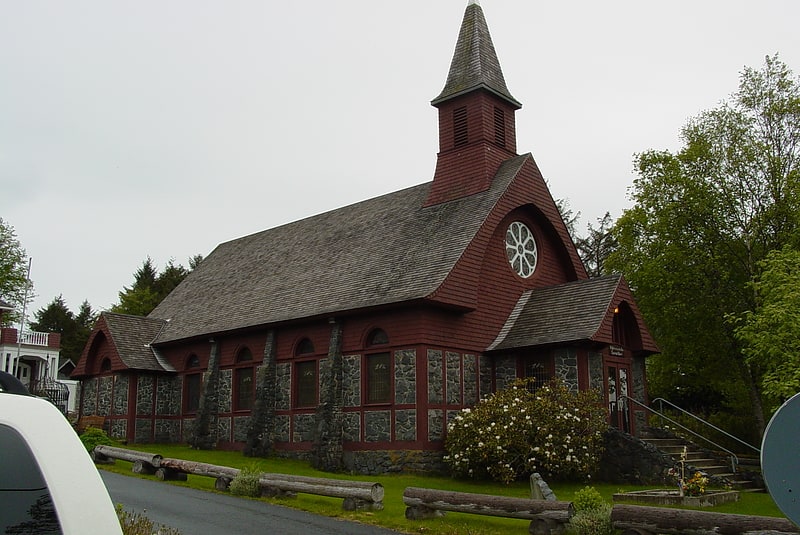
Church in Sitka, Alaska. St. Peter's by-the-Sea Episcopal Church, also known as St. Peter's by the Sea or St. Peter's Episcopal Church, is a historic church building at 611 Lincoln Street in Sitka, Alaska. It is a Gothic Revival structure, built of stone and wood, with a modest bell tower topped by a pyramidal roof. The basement and more than half of the main floor's height are fieldstone with timbered elements, above which is wood framing clad in wooden shingles. Three stone buttresses line the side of the church, separating four rectangular windows with half-round windows directly above. The rose window of the church includes a Star of David. The church was built in 1899, and was the first substantial Episcopal church in Sitka, which had previously held services in smaller locations.
The church was listed on the National Register of Historic Places (as "St. Peter's Church") in 1978. The adjoining See House is separately listed on the National Register.[8]
Address: 611 Lincoln St, 99835 Sitka
Swan Lake
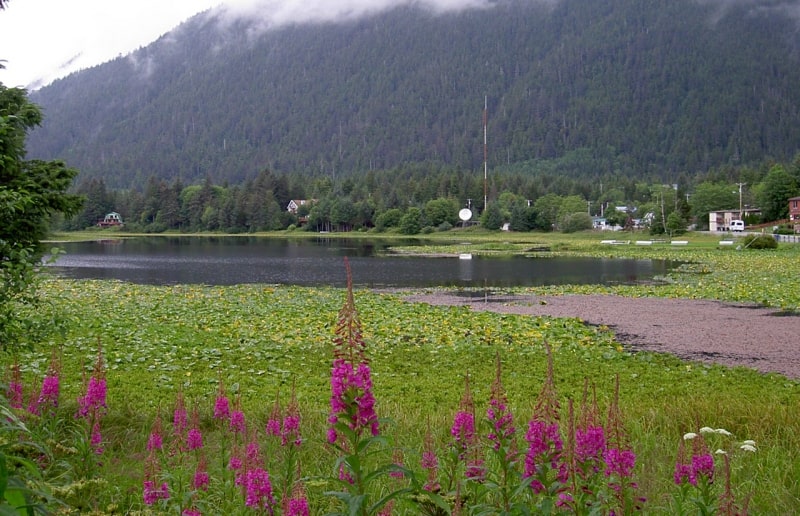
Lake in Alaska. Swan Lake, is a small lake located in the center of the town of Sitka, Alaska. It is a man-made lake, created during the Russian occupation of Alaska as an income source during the winter. Russians would export ice to southern communities in the Pacific Northwest.[9]
Alaska Native Brotherhood Hall
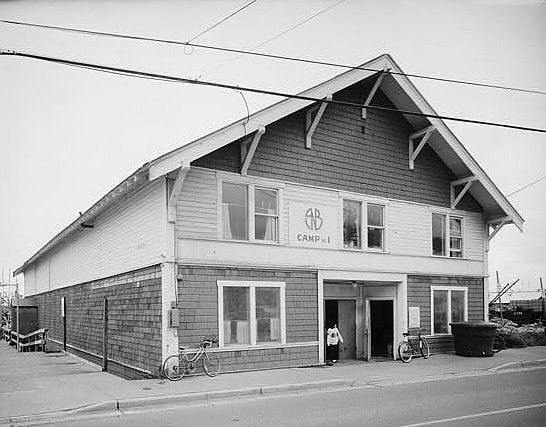
Building in Sitka, Alaska. Alaska Native Brotherhood Hall, or Sitka Camp No. 1, is significant for being the original chapter of the Alaska Native Brotherhood, an Alaska-wide Native organization. It is located on the waterfront in Sitka, Alaska, on Katlian Street.
The two-story building, built in 1914, is of wood-frame construction, and is about 40 feet (12 m) wide and 60 feet (18 m) long. Most of its length extends out over water, supported on pilings. The roof is trimmed at front and back by plain bargeboard with seven unadorned corbel-like supports in the form of triangular struts. Architectural evidence suggests that the building has been altered and enlarged; adding the front quarter of the building and raising the roof to a full two stories probably occurred sometime after its original construction.
The interior of the building is mainly taken up by a large two-story auditorium, with the stage at the rear (over the water). A narrow gallery, accessed by stairs within the auditorium space, wraps around its rear and side walls. The front of the building has a lobby area on the first floor, and office space for the Brotherhood on the second floor.
The Alaska Native Brotherhood was founded in Sitka by Tlingit natives in 1912 as a vehicle to fight discrimination against them in restaurants and movie theaters. The organization, which now has a much broader membership across Alaska's many native groups, has been successful in bringing about significant changes for its members, including securing United States citizenship for Alaska natives and passage of the Alaska Historic Preservation Act.
The hall was added to the National Register of Historic Places in 1972 and was declared a National Historic Landmark in 1987.[10]
Address: 456 Katlian St, 99835-7505 Sitka
Sitka National Cemetery
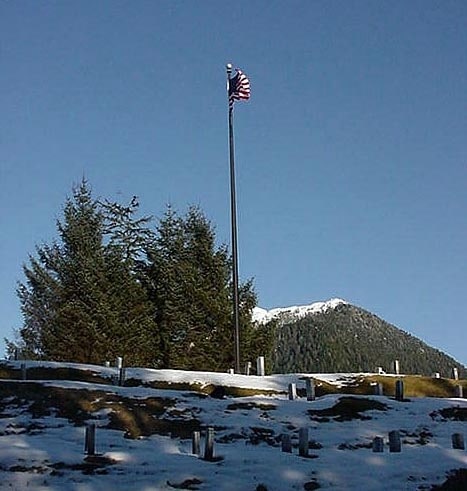
Cemetery. Sitka National Cemetery is a United States National Cemetery located in the city of Sitka, Alaska. It encompasses 4.3 acres, and as of the end of 2005 had 1,049 interments. It is administered as part of the Fort Richardson National Cemetery by the United States Department of Veterans Affairs.[11]